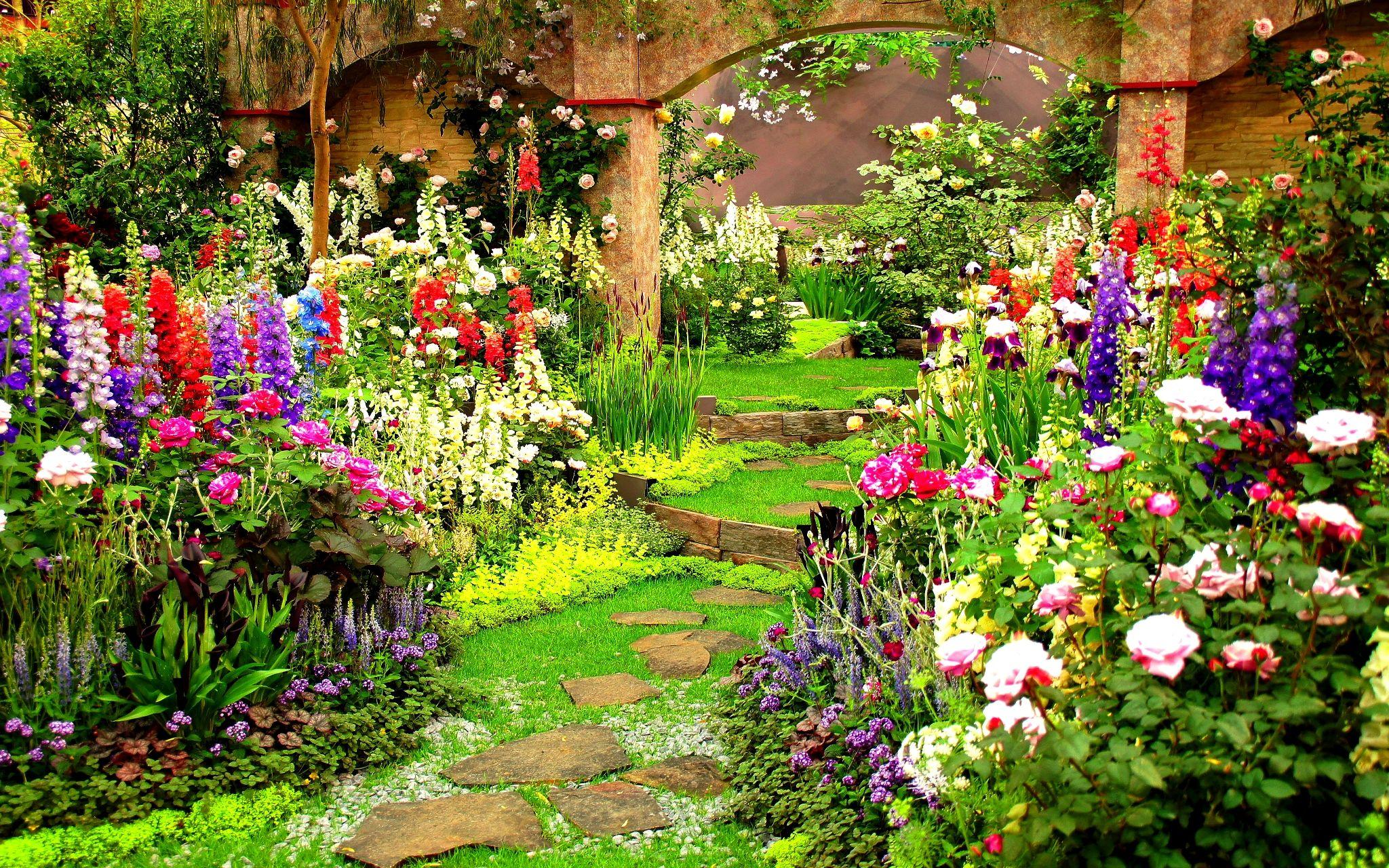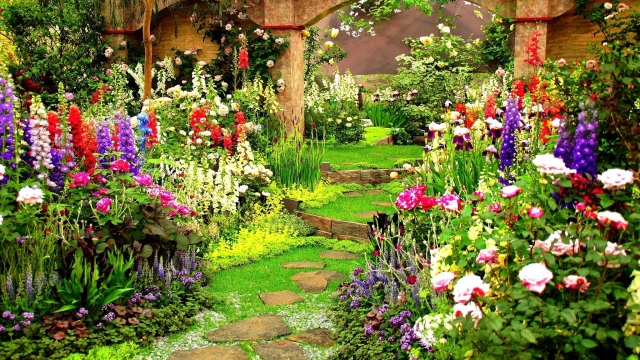
Gardening is a beautiful blend of art and science, providing a rewarding way to connect with nature and nurture your creativity. Whether you have a sprawling backyard, a cozy balcony, or just a few pots on your windowsill, there are countless opportunities to grow your own plants and flowers. For both seasoned green thumbs and novice gardeners, cultivating a thriving garden requires some essential knowledge and practical tips.
In this journey of growth, it’s important to remember that each garden is unique, and with the right guidance, anyone can make their space flourish. From understanding your soil to choosing the right plants for your environment, these gardening tips will help you bloom where you’re planted. Let’s dig into ten indispensable strategies that will enhance your gardening experience and ensure your green oasis thrives throughout the seasons.
Choosing the Right Plants
Selecting the right plants for your garden is crucial for ensuring a healthy and vibrant outdoor space. Start by considering your local climate and soil type. Understanding the growing conditions in your area will help you choose plants that are naturally suited to thrive in your environment. Research native plants, as they typically require less maintenance and are more resilient to local pests and diseases.
Another important factor to consider is the amount of sunlight your garden receives throughout the day. Different plants have varying light requirements, from full sun to shade. Make sure to assess the sunlight patterns in your garden before making your selections. By matching plants to their light needs, you can avoid disappointing results and maximize the beauty of your garden.
Lastly, think about the space you have available and the overall aesthetic you want to achieve. Consider the size of the plants at maturity and how they will look in combination with each other. Mixing different heights, colors, and textures can create an engaging visual impact. Planning the layout ahead of time will save you time and effort as you cultivate your green sanctuary.
Understanding Soil Health
Healthy soil is the foundation of any successful garden. It provides essential nutrients, supports plant growth, and promotes beneficial microorganisms that contribute to a thriving ecosystem. To assess soil health, start by examining its texture and structure. Good soil has a balanced mixture of sand, silt, and clay, allowing for proper drainage while retaining moisture and nutrients. You can also perform a simple test by digging a hole and checking how quickly water drains. If water pools, your soil may be compacted, requiring some amendments.
Organic matter is another crucial component of soil health. Adding compost and well-rotted manure can improve soil structure, increase nutrient availability, and enhance moisture retention. These amendments not only feed your plants but also encourage a diverse community of beneficial organisms, such as earthworms and microbes. Regularly incorporating organic matter into your soil will lead to richer, more productive gardening.
Electroculture gardening
Lastly, it’s important to be mindful of soil pH. Most plants thrive in slightly acidic to neutral soil, with a pH range of 6 to 7. You can test your soil’s pH with a home kit or send a sample to a local extension service. If your soil is too acidic or alkaline, you can gradually adjust it using lime to raise pH or sulfur to lower it. Maintaining the right pH level ensures that plants can absorb essential nutrients effectively, leading to a more vibrant and flourishing garden.
Effective Watering Techniques
Watering is a fundamental aspect of gardening that can significantly influence the health of your plants. One of the most effective techniques is to water deeply but infrequently. This means allowing water to penetrate the soil to a depth of several inches, which encourages roots to grow deeper and become more resilient. Instead of light daily watering, aim for a thorough soaking a few times a week, adjusting for rainfall and plant needs.
Timing your watering can also make a difference. The best times to water are early in the morning or late in the afternoon. This minimizes evaporation and ensures that more moisture reaches the roots of your plants. Additionally, watering in cooler parts of the day helps prevent fungal diseases that can thrive in damp, humid conditions. Always aim to direct water to the soil rather than the leaves to reduce the risk of disease.
Consider using mulch around your plants to retain soil moisture. Mulch acts as a barrier to evaporation, maintaining consistent moisture levels and reducing the need for frequent watering. Organic mulches, like wood chips or straw, can also improve soil health as they break down over time. By employing these watering techniques, you can create a thriving garden that flourishes in any space.
Pest Management Strategies
Effective pest management is crucial for maintaining a healthy garden. One of the best initial strategies is prevention. Start by selecting plants that are resistant to local pests and diseases. Additionally, create a diverse garden by planting a variety of species. This diversity can help minimize the spread of pests, as they are less likely to target a wide range of plants. Regularly inspect your plants for signs of pest activity and maintain proper hygiene in your garden to deter infestations.
When pests do appear, it’s important to use a combination of organic methods to manage them. Introduce beneficial insects, such as ladybugs or lacewings, which prey on harmful pests. Companion planting can also be effective; certain plants can repel pests or attract beneficial insects. For instance, marigolds are known to deter nematodes and certain insects, while basil attracts pollinators and repels flies. Always look for natural solutions before resorting to chemical pesticides.
If pest problems persist, consider using targeted organic pesticides that are less harmful to beneficial insects and the environment. Neem oil and insecticidal soaps are popular choices that can be effective against a variety of pests while being safer for plants and the ecosystem. Always follow application guidelines carefully to minimize any negative impact on your garden. By employing these strategies, you can create a thriving environment for your plants while keeping pesky intruders at bay.
Seasonal Maintenance Tips
To keep your garden thriving, it is crucial to adjust your maintenance routine according to the changing seasons. In spring, focus on preparing your soil and planting seeds or seedlings. This is the time to add compost or organic fertilizers to enrich the soil. Make sure to water thoroughly but avoid overwatering, as this can lead to root rot. Regular weeding will help ensure your plants have the nutrients they need to grow strong.
As summer brings heat, it is essential to monitor your garden’s hydration levels. Deep watering is better than frequent shallow watering. Consider mulching around your plants to retain moisture and suppress weeds. This is also the time to prune any dead or overgrown branches to encourage new growth and improve air circulation. Pay attention to pests; a proactive approach can prevent infestations from harming your plants.
When autumn arrives, start preparing your garden for the colder months. Harvest any remaining fruits or vegetables and clean up any debris from your garden beds. This is a great time to plant perennials and take care of any fall fertilizing. If you live in a colder climate, be sure to protect vulnerable plants with mulch or row covers. Properly winterizing your garden sets the stage for a vibrant comeback in spring.


